The Boeing 727-200 is a narrow-body, three-engine jet airliner designed for short to medium-range routes. It is a stretched version of the original 727-100, offering increased capacity and range. The 727-200 was a popular choice for airlines due to its ability to operate from shorter runways and its relatively low operating costs.
Key Features and Specifications:
Engines: Three Pratt & Whitney JT8D turbofan engines, with one mounted on each side of the rear fuselage and one in the tail cone.
Capacity: Typically configured to carry 149 to 189 passengers.
Range: Can fly up to 2,700 nautical miles (5,000 km).
Length: 153 feet 2 inches (46.7 meters), which is 20 feet longer than the 727-100.
Unique features: The 727-200, like other 727 variants, has a distinctive rear airstair and an auxiliary power unit (APU) for self-sufficient operations.
History and Significance:
The 727-200 was first flown on July 27, 1967, and entered service in December 1967.
It became the most numerous variant of the 727 family.
The 727-200 was designed to replace older, less efficient propeller airliners and compete with other early jetliners like the Boeing 707 and Douglas DC-8.
The 727-200 was known for its versatility and ability to operate from a variety of airports, including those with shorter runways.
While no longer in widespread commercial service, the 727-200 is still used by some cargo and charter airlines, as well as for private transportation.
Specifications
General Characteristics
- Predecessor B727-200
- Created On Android
- Wingspan 107.9ft (32.9m)
- Length 206.2ft (62.9m)
- Height 40.0ft (12.2m)
- Empty Weight N/A
- Loaded Weight 101,648lbs (46,106kg)
Performance
- Power/Weight Ratio 0.342
- Wing Loading 47.4lbs/ft2 (231.3kg/m2)
- Wing Area 2,145.4ft2 (199.3m2)
- Drag Points 15949
Parts
- Number of Parts 888
- Control Surfaces 9
- Performance Cost 3,268

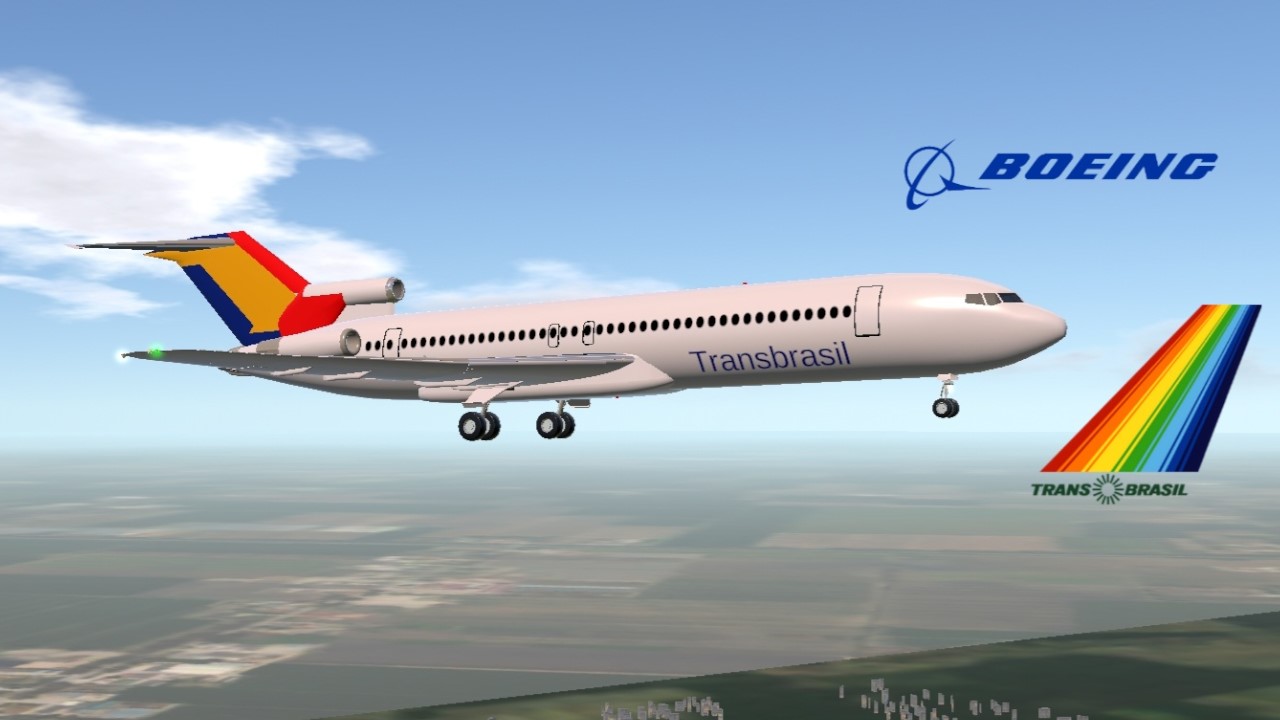
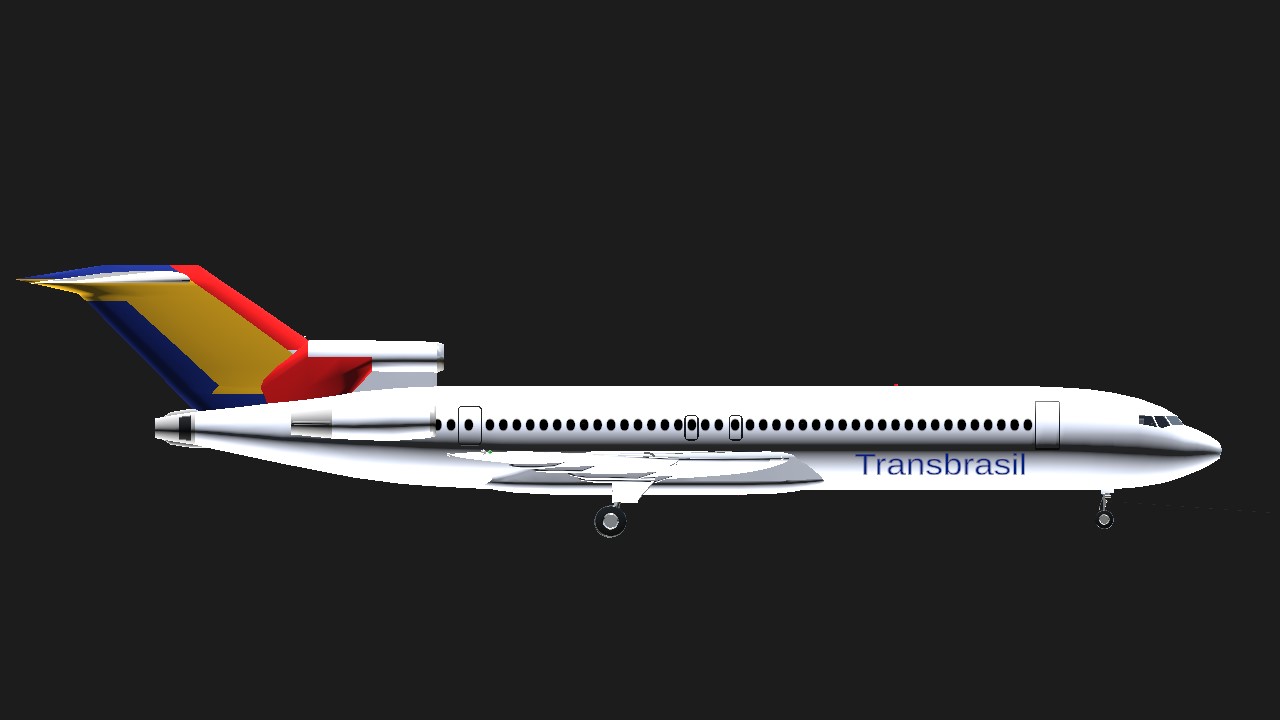
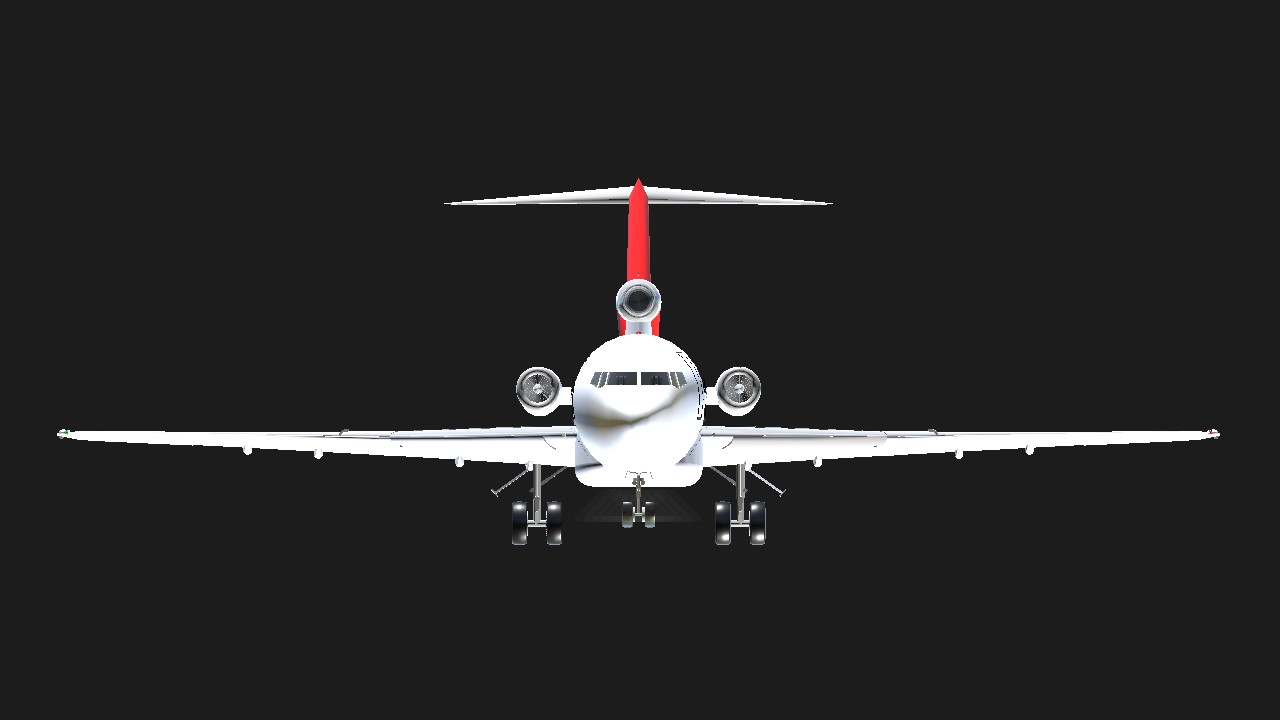
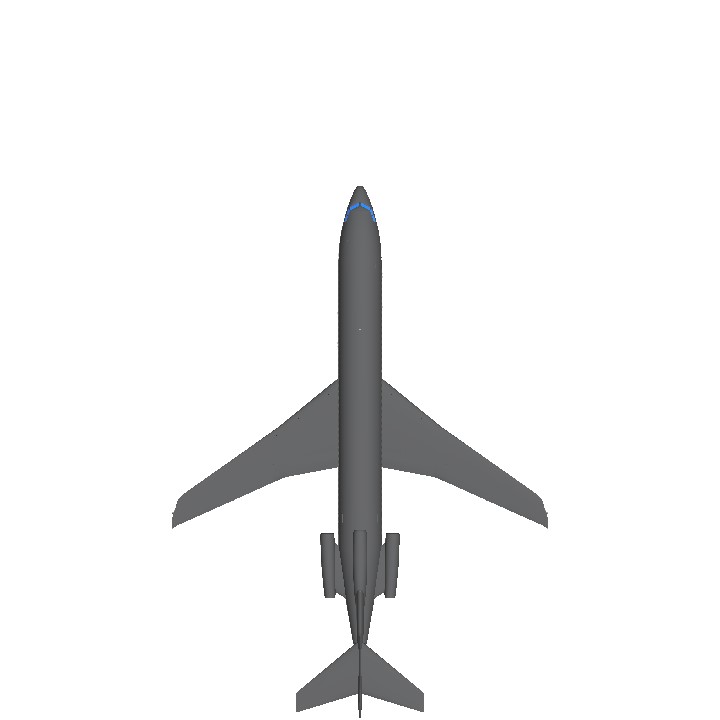
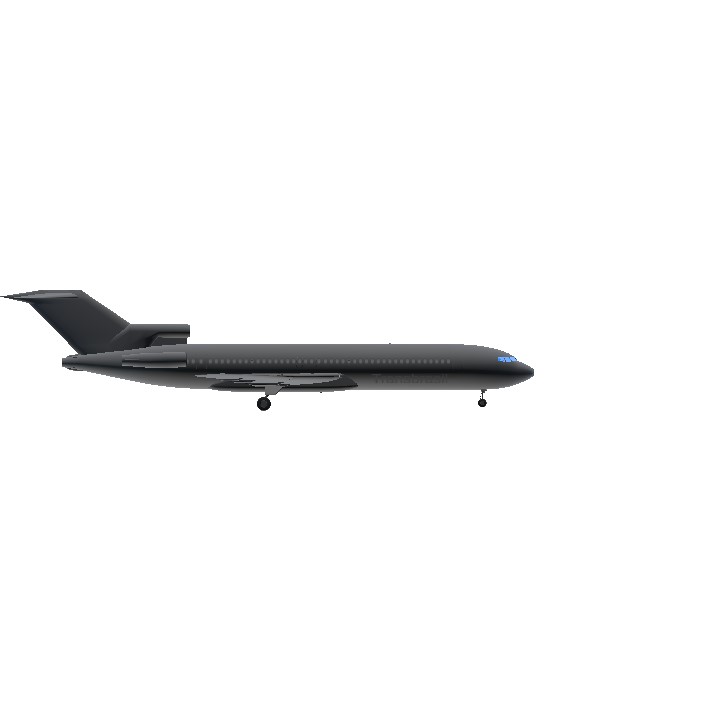
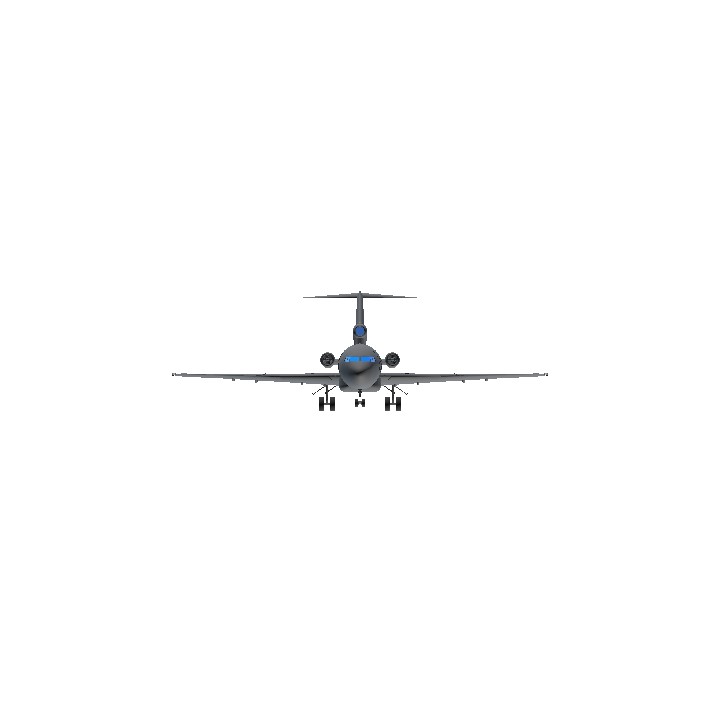
@SolarCompany it's now done
https://www.simpleplanes.com/a/6Iz1ir/Boeing-737-291-United-Livery
@Aisienchik06087 I'll Do That Soon
Can you do united 585